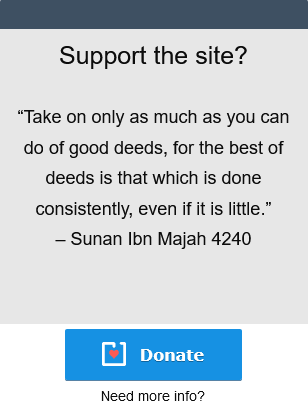11-03-2024
5,166
218
289

Developers used JavaScript and PHP to create several well-known websites, including Facebook (now also uses Hack, a PHP Dialect), Wikipedia, WordPress, and many others. Nevertheless, because PHP and JavaScript are both scripting languages, programming with them is difficult. PHP is a server-side scripting language, whereas JavaScript is a client-side scripting language. The two languages are adaptable and can work well together and separately. This article looks at PHP vs JavaScript. We outline the distinctions between the two languages and look at when to use them.
Web Development
When it comes to web development, there are a plethora of programming languages, tools and important features you need to grasp before jumping into the web development process.
In web development, there are two categories: front-end and back-end development. Whatever you choose, you need to learn at least two to three programming languages. For the front end, you will need to learn HTML, CSS and JavaScript, while for the back end, you have lots of choices, such as Python, Java, PHP, and many more.
However, if your goal is to become a full-stack developer, you need to master both front-end and back-end; you need to learn a handful of languages. This article will discuss PHP and JavaScript, two important and popular programming languages used to create dynamic web pages.
What is PHP?
Hypertext Preprocessor, also known as PHP, is a popular general-purpose, open-source programming language that is particularly well suited for server-side web development. Websites that are dynamic and interactive are made with PHP. The PHP code has a set of rules, is related to the HTML file or is embedded in the HTML code, and provides unique instructions for how to start and terminate processing.
PHP differs from JavaScript on the client in that the code is run on the server before being converted into HTML and given to the client. The results of running that script are delivered to the client, in this case, the browser, but the underlying code is concealed. A PHP script can transmit and receive cookies, create dynamic website content, and collect form input. Additionally, PHP scripts for desktop programs are possible.
PHP is a platform-independent programming language that runs on practically all major operating systems, including Microsoft Windows, macOS, RISC OS, Linux, and UNIX versions, and Web Servers like Apache and IIS. The PHP code syntax is fairly simple, but it follows a set of conventions and comes with a set of standard libraries to make web development much easier and more efficient. PHP allows developers to create dynamic web pages and connect them to powerful databases.
Web Development
When it comes to web development, there are a plethora of programming languages, tools and important features you need to grasp before jumping into the web development process.
In web development, there are two categories: front-end and back-end development. Whatever you choose, you need to learn at least two to three programming languages. For the front end, you will need to learn HTML, CSS and JavaScript, while for the back end, you have lots of choices, such as Python, Java, PHP, and many more.
However, if your goal is to become a full-stack developer, you need to master both front-end and back-end; you need to learn a handful of languages. This article will discuss PHP and JavaScript, two important and popular programming languages used to create dynamic web pages.
What is PHP?
Hypertext Preprocessor, also known as PHP, is a popular general-purpose, open-source programming language that is particularly well suited for server-side web development. Websites that are dynamic and interactive are made with PHP. The PHP code has a set of rules, is related to the HTML file or is embedded in the HTML code, and provides unique instructions for how to start and terminate processing.
PHP differs from JavaScript on the client in that the code is run on the server before being converted into HTML and given to the client. The results of running that script are delivered to the client, in this case, the browser, but the underlying code is concealed. A PHP script can transmit and receive cookies, create dynamic website content, and collect form input. Additionally, PHP scripts for desktop programs are possible.
PHP is a platform-independent programming language that runs on practically all major operating systems, including Microsoft Windows, macOS, RISC OS, Linux, and UNIX versions, and Web Servers like Apache and IIS. The PHP code syntax is fairly simple, but it follows a set of conventions and comes with a set of standard libraries to make web development much easier and more efficient. PHP allows developers to create dynamic web pages and connect them to powerful databases.
Prilozi
-
28.2 KB Pregleda: 36




